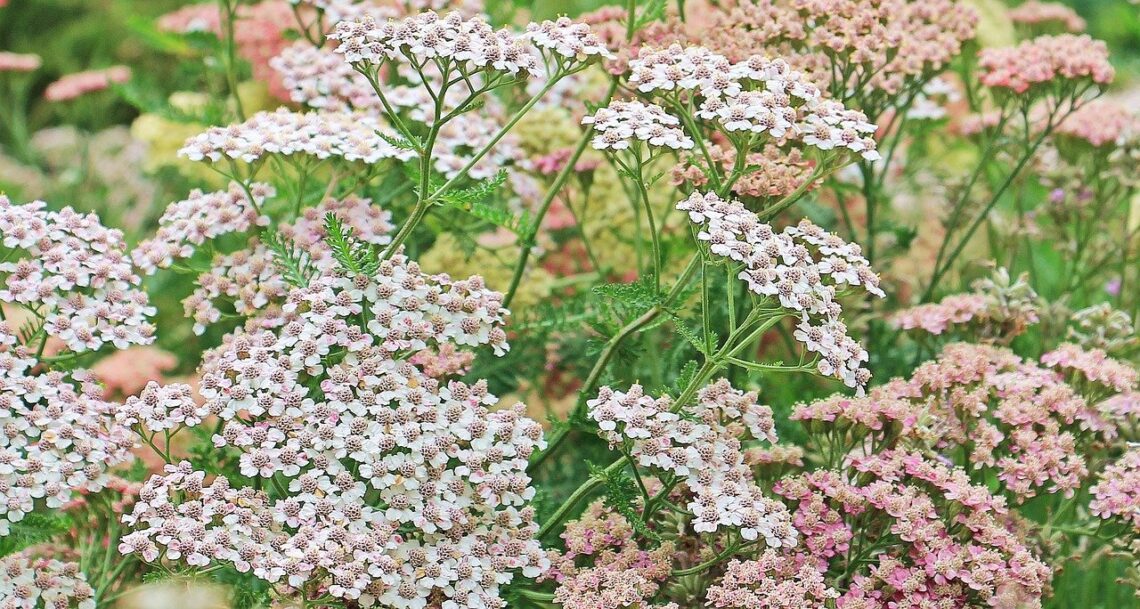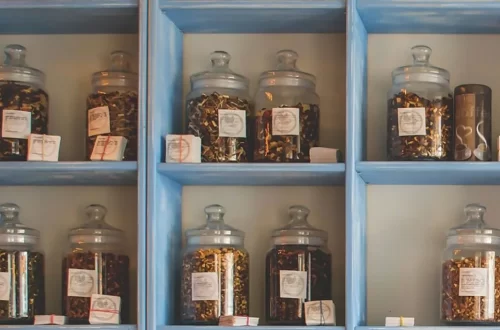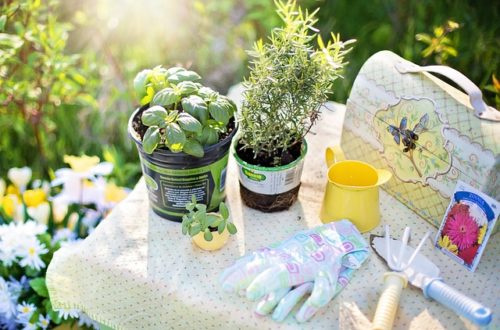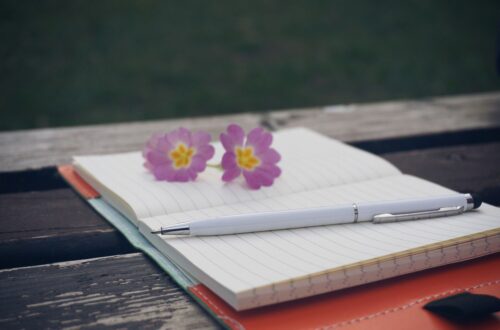Most of the herbs we grow or harvest are native somewhere. Many of them have Mediterranean backgrounds, but many more began in the woods and prairies nearer to home and were here before Europeans arrived. Some native plants are still foraged in their natural settings for personal use. Others have been domesticated, which we plant in our herb beds. Indigenous peoples were well acquainted with these native plants and used them for cooking, healing, and general well-being. Let’s dive into some native plants!
Yarrow – Achillea millefolium This native plant is not only found in the woods, where it may come in handy when camping or hiking but is often found in open fields, in our yards, and in our lawns, where we typically consider it a weed It is easily identified by its feathery fernlike leaves with white flowering heads.
It is well known as a remedy for fevers and has been used for many years for all kinds of bleeding and wound healing. It is found widely – from beachside areas to high mountains. It can easily be made into a poultice using your own saliva to staunch bleeding.
It has been cultivated and now comes in a variety of colors besides the native white. We have also found yarrow to be a good companion plant to our roses since it tends to ward off aphids.
In our gardens and herb beds, many of us grow the cultivated (domesticated) versions of native plants. This puts them close at hand and because many come with colorful blossoms we enjoy them for their beauty while the bees and butterflies enjoy them for their nectar.
Bee Balm or Bergamot – Monarda didyma, is one such plant – mainly used as a tea, often known by its popular name, Oswego tea. It became an important substitute for the imported variety during the Revolutionary War. The tea is said to be good for colds and sore throats. It is a relatively tall plant (18” – 24”) with erect leafy stalks that grow fuzzy flower clusters. The native plant has red flowers but there other cultivated color varieties. The entire plant emits a fragrance similar to citrus, hence the name bergamot after the tropical orange bergamot. Pollinators are easily attracted to the flowers, so it is an excellent addition to flower and herb beds!
This native plant is not only found in the woods, where it may come in handy when camping or hiking but is often found in our yards and lawns, where we typically consider it a weed.
Echinacea (coneflower) – Echinacea Angustifolia or purpura, was a famed remedy for snakebite and for cleansing and healing wounds by indigenous peoples and frontiersmen. It is regarded by many herbalists to be one of the best cleansers for skin conditions such as boils and abscesses. Typically the root is harvested, dried, and ground, but the entire plant may be used. It has been known to enhance the immune system and help alleviate the symptoms of colds. It, too, is a rather tall plant growing to 2- 4 feet with a daisy-type flower on a tall, erect stalk. In the fall, small birds enjoy bristly seed heads.
Native plants’ popularity for medicine has led to several being over-harvested. Overharvesting and the reduction of their native habitat because of development have led them to be listed as “at-risk” by United Plant Savers. Two that are often associated with specific conditions and seen in medicinal recipes are:
Slippery elm – Ulmus Fulva, a large tree typically found along the east coast. Indigenous peoples would peel its slimy, red inner bark from twigs and branches and use it to treat many common ailments, such as fevers, wounds, and sore throats. When the bark is mixed with water, it generates a sticky, mucilaginous material, which is therapeutic and soothing to anything it touches. It is used mainly for stomach and intestine irritation, making it highly sought after. Marshmallow, an easily cultivated herb, can be substituted.
Goldenseal –Hydrastis Canadensis, is a well-known and used herb introduced by indigenous peoples. Widely used to treat infections, this small woodland plant grows in moist hardwood forests around the world. Large-scale collection combined with the expansion of timber harvests has made it increasingly challenging to find goldenseal. It is a small plant about six inches high. The parts used are the roots and rhizomes, making it all the more difficult to reproduce. Substitutes such as Oregon grape root and barberry are also being overharvested in the wild. Look for cultivated sources of goldenseal.
We have a rich history of herbal usage in our country both culinary and medicinal. Whether we grow the herbs, ethically wild harvest them from natural areas or from our yards, we should stay well informed about herbal uses and growing habits. The pleasure of growing herbs and making them a way of life is there for all of us to enjoy.
Additional Resources
https://mountainroseherbs.com/
The Rodale Herb Book, Rodale Book Press, 1974
The New Age Herbalist, Richard Mabrey, Collier Books, 1988
United Plant Savers – https://unitedplantsavers.org/
Erin Harwood & Eloyce O’Connor are co-owners of Garden Delights Herb Farm in Brush Prairie, WA, where they grow a variety of herbs for culinary, medicinal, pet, home, and garden use. They also offer classes.
For more info: http://www.gardendelightsfarm.com






